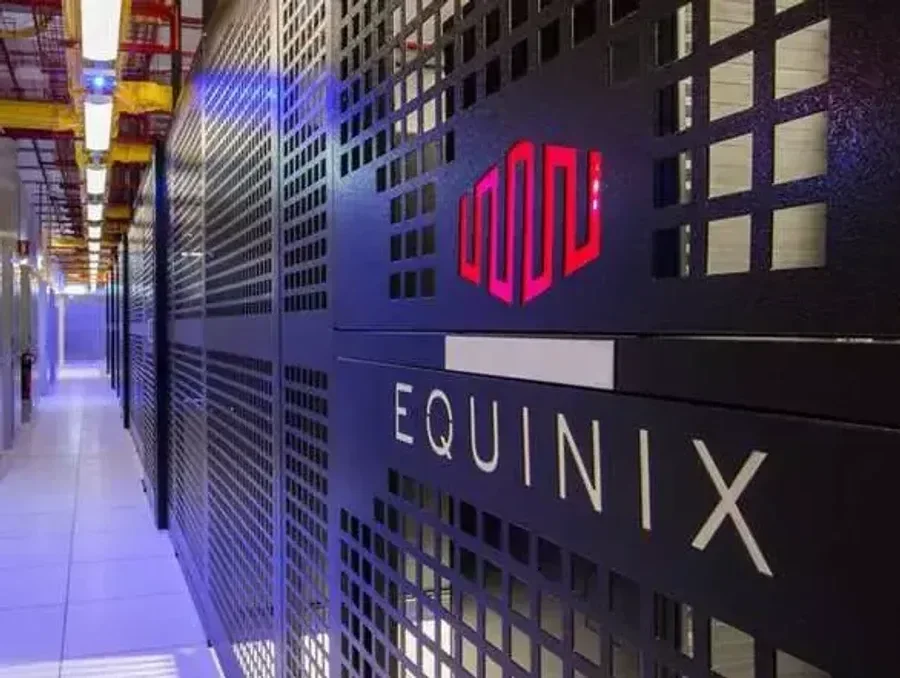Equinix President EMEA Bruce Owen highlights how data centres will continue to drive economic growth, AI innovation and sustainability progress in 2025.
2024 was a significant year for data centres, as the industry shifted further into the public consciousness. This was particularly the case for countries like the UK, which saw the UK government designate data centres as critical national infrastructure (CNI) alongside energy and water systems.
Now, as 2025 gets underway, data centres will continue to grow in long-term economic importance and impact – largely on account of AI. The development of this disruptive technology inevitably requires data centres that are faster, smarter and more efficient.
“Demand for AI will accelerate the trend of two streams of data centres for differing workloads,” explains Bruce Owen, President EMEA and Interim Managing Director UK of Equinix.
“Data centres will increasingly be central to regional strategic planning. They will incorporate innovative solutions, such as heat recovery and export systems, to repurpose excess heat generated by servers for local heating projects and sustainable initiatives.”
Driving the AI economy
In 2025, Equinix envisions that data centres will continue to drive the economic impact of AI by solving challenges and attracting continued investments for a range of transformative applications.
“As businesses scale up their use of AI, data centres will be tasked with solving AI related challenges such as handling a surge in demand for faster processing, higher storage capacity and ultra-reliable connectivity to support the growing complexity and volume of data-driven operations,” Bruce explains.
“So far, AI has generated investor wealth but limited economic impact due to slow adoption and weak capital investment by businesses. This should shift in 2025.”
Already, more than US$1tn has been invested in AI-focused data centres. Despite low adoption and unclear business use cases, such investments are expected to offer great potential to AI systems in areas like healthcare where it could accelerate research and overcome high research costs.
Bruce adds that, as a result: “The internet and its underlying digital infrastructure have become essential components of our daily lives, comparable to the indispensability of water, gas and electricity. It is now a service that people worldwide rely on and cannot imagine living without.”
Pushing businesses to be more sustainable
Not only is AI expected to increase innovation, it is also anticipated that it will hold companies to account over their sustainability goals, helping them to better achieve them.
As sustainability concerns continue to rise in 2025, Equinix argues that it is critical for businesses to keep adopting new and advanced technologies in a way that minimises environmental impact.
“Equinix has already reached its goal of achieving 100% renewable energy coverage in EMEA,” Bruce says. “Across 2025, to support growing demand from AI and machine learning, data centre operators will continue to invest in renewable power sources, such as wind, solar and hydrogen and we will see the conversations around small modular nuclear reactors (SMRs) ramp up in 2025.”
Partnerships and projects focused on SMRs are expected to gain momentum throughout 2025, with hyperscalers already aiming to deploy significant capacity by 2035.

“The reliability and low-carbon nature of nuclear power make it an attractive option for hyperscalers, who require a steady power supply for their data centres,” Bruce says. “While concerns about nuclear safety and SMRs persist, the need for reliable and sustainable energy sources will drive hyperscalers to prioritise SMR solutions as a key component of their energy strategies.”
As Bruce explains, energy storage and microgrid operations will be critical to ease pressure on grid infrastructure and provide flexibility to grid operators, particularly in those countries with aging grid infrastructure.
“Already we are seeing solar and grid storage growing faster than predicted, potentially signalling a peak in global emissions,” he adds. “Next-generation GPU chips and other AI critical components will see innovations to reduce energy consumption. Liquid cooling will also provide an improved method for cooling high density deployments and supporting the next wave of digital infrastructure.
He continues: “Equinix is happy to be playing an important role in that shift in perception – but we are also well aware of the work that still needs to be done to help show the value that these previously quiet businesses have played and will continue to play in helping society adjust and meet the growing demand and potential that AI has on all of us as we head into an exciting 2025.”



